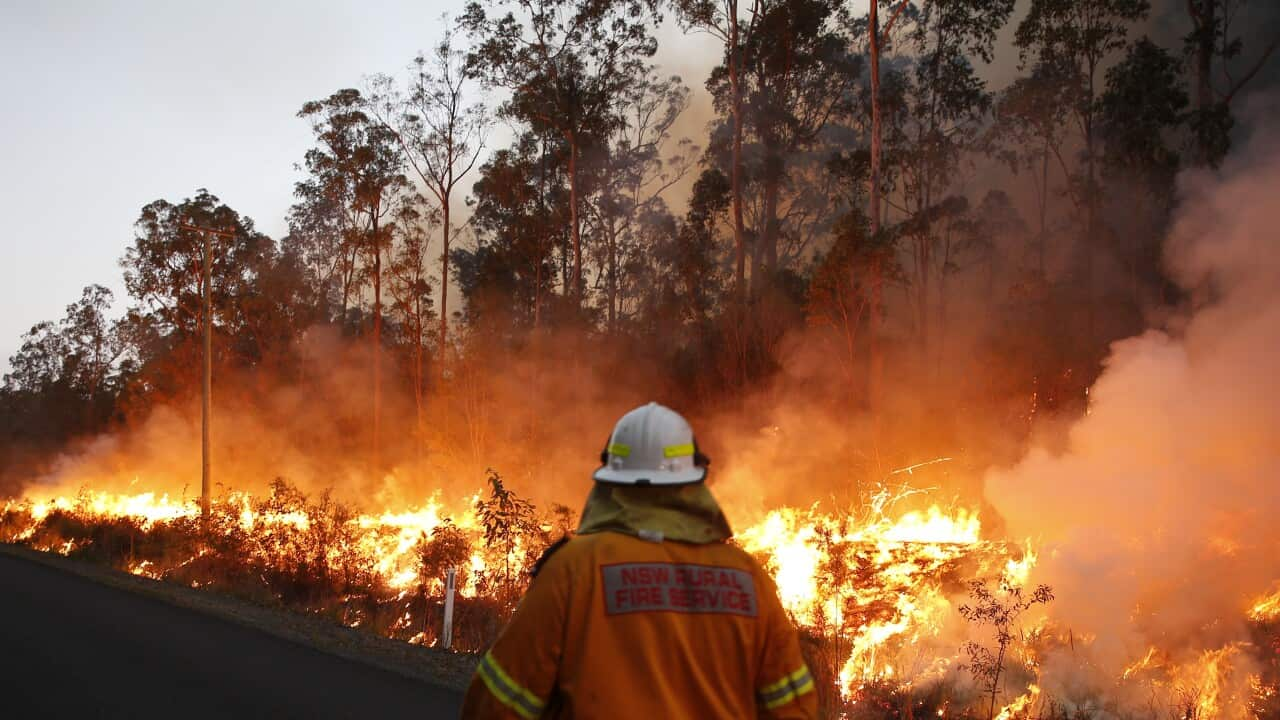Professional Insights: Why Every House Owner Demands a Thorough BAL Report
Professional Insights: Why Every House Owner Demands a Thorough BAL Report
Blog Article
Ensuring Shrub Fire Security With Proper BAL Record Evaluation
In the world of bush fire security, the meticulous analysis of Bushfire Attack Degree (BAL) reports stands as a keystone for protecting buildings against the disastrous impact of wildfires. With ecological variables and building features playing significant roles in determining the degree of threat, a complete understanding of BAL ratings ends up being crucial.
Recognizing Bushfire Assault Degree (BAL)
In the realm of bushfire protection, understanding the Bushfire Attack Degree (BAL) is extremely important for making sure effective reduction techniques. Recognizing the BAL ranking of a residential or commercial property is essential for home policymakers, building contractors, and proprietors to carry out appropriate steps to protect versus bushfire dangers.

Importance of BAL Record Analysis
A vital aspect in bushfire protection planning entails the detailed analysis of BAL records to analyze the possible threats and figure out appropriate reduction methods. BAL records supply vital details concerning the prospective effect of bushfires on a residential or commercial property based on different elements such as greenery type, distance to prospective fire dangers, and slope of the land. Assessing these reports with accuracy is vital in developing efficient bushfire defense actions tailored to the specific threat profile of a home.
Applying Fire Protection Actions
Executing reliable fire protection steps is crucial for guarding properties in bushfire-prone locations. One of the main methods to boost fire protection is by developing defensible space around buildings. This includes clearing up combustible vegetation, such as completely dry leaves and branches, within a certain span of the home. In addition, setting up fireproof roofing products can help in reducing the danger of cinders stiring up the roof throughout a bushfire. Effectively preserved displays and rain gutters are additionally necessary to stop particles accumulation that might fuel a fire.
Furthermore, having a properly maintained and appropriate water supply, such as a storage tank or pool, can aid firefighters in their efforts to secure the my website home. BAL Report. Overall, executing a mix of these fire defense procedures can significantly raise the opportunities of securing homes throughout bushfire events.
Mitigating Dangers in Fire-Prone Locations
To fortify residential or commercial properties against bushfire dangers, a tactical emphasis on mitigating risks in fire-prone areas is important. One essential element of threat mitigation is maintaining defensible room around residential or commercial properties by getting rid of flammable plant life, making certain sufficient spacing in between structures and trees, and using fire-resistant landscaping techniques.
In addition, constructing or retrofitting buildings with fire-resistant products and guaranteeing proper maintenance of roofs, rain gutters, and outside cladding can considerably boost the home's strength to bushfires. Developing and exercising a bushfire emergency situation strategy with all residents, including emptying procedures and interaction strategies, is likewise important in mitigating risks successfully. By taking on a positive method to risk mitigation in fire-prone locations, property owners can better secure their possessions and improve general bushfire preparedness.
Ensuring Residential Property Security and Durability
Making sure the security and resilience of homes in fire-prone areas requires an unwavering dedication to durable safety nets and calculated planning. Residential property safety and security begins with executing reliable actions to decrease fire look at this site dangers. This includes keeping hop over to these guys a defensible area around the property by getting rid of flammable greenery, making sure proper maintenance of roofing systems and gutters, and making use of fire-resistant structure materials. Regular maintenance of firefighting tools, such as tubes and lawn sprinkler, is also critical to residential property strength.
Durability, on the various other hand, entails the ability of a residential or commercial property to recover and endure from a bushfire. By proactively attending to these facets, property proprietors can much better shield their properties and enjoyed ones from the danger of bushfires.
Final Thought
Finally, making certain bushfire protection via appropriate BAL record evaluation is critical for recognizing the level of threat positioned by bushfires and applying required fire defense procedures. By reducing dangers in fire-prone locations and ensuring property safety and resilience, people and neighborhoods can better prepare for and reply to bushfire occasions. It is crucial to prioritize fire precaution to protect lives and home in these risky settings.
In the realm of bush fire protection, the meticulous analysis of Bushfire Assault Degree (BAL) reports stands as a foundation for securing homes versus the destructive effect of wildfires (BAL Report). Understanding the BAL ranking of a residential or commercial property is critical for building contractors, proprietors, and policymakers to implement ideal steps to guard against bushfire hazards

BAL records provide crucial info concerning the possible effect of bushfires on a residential or commercial property based on numerous factors such as plant life type, range to possible fire risks, and incline of the land (BAL Report). Generally, implementing a combination of these fire defense measures can considerably enhance the possibilities of guarding residential or commercial properties during bushfire events
Report this page